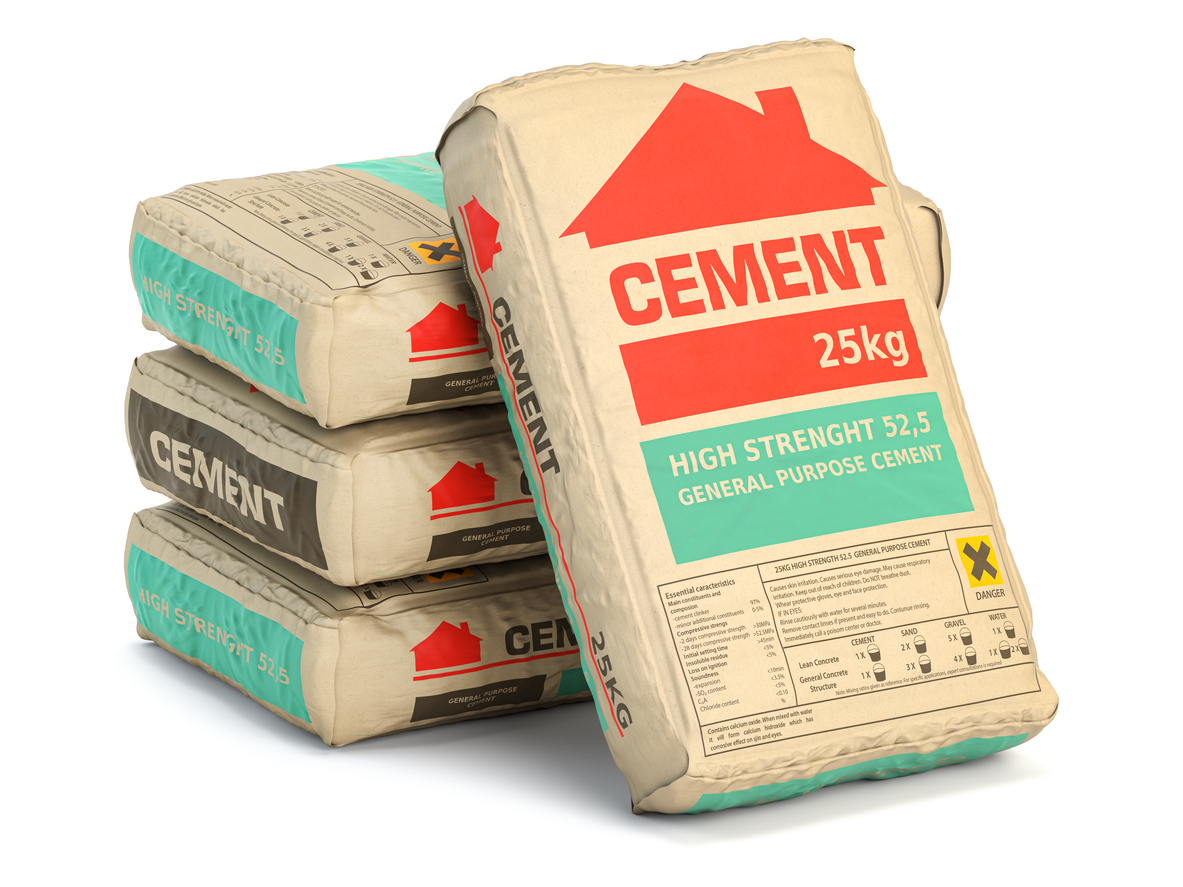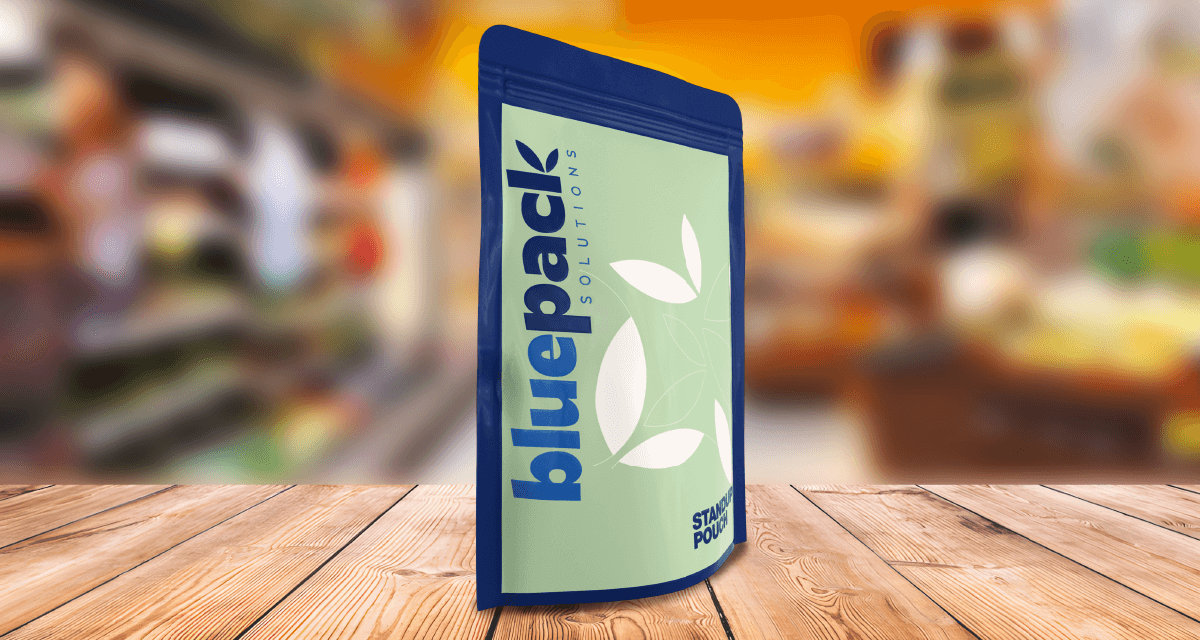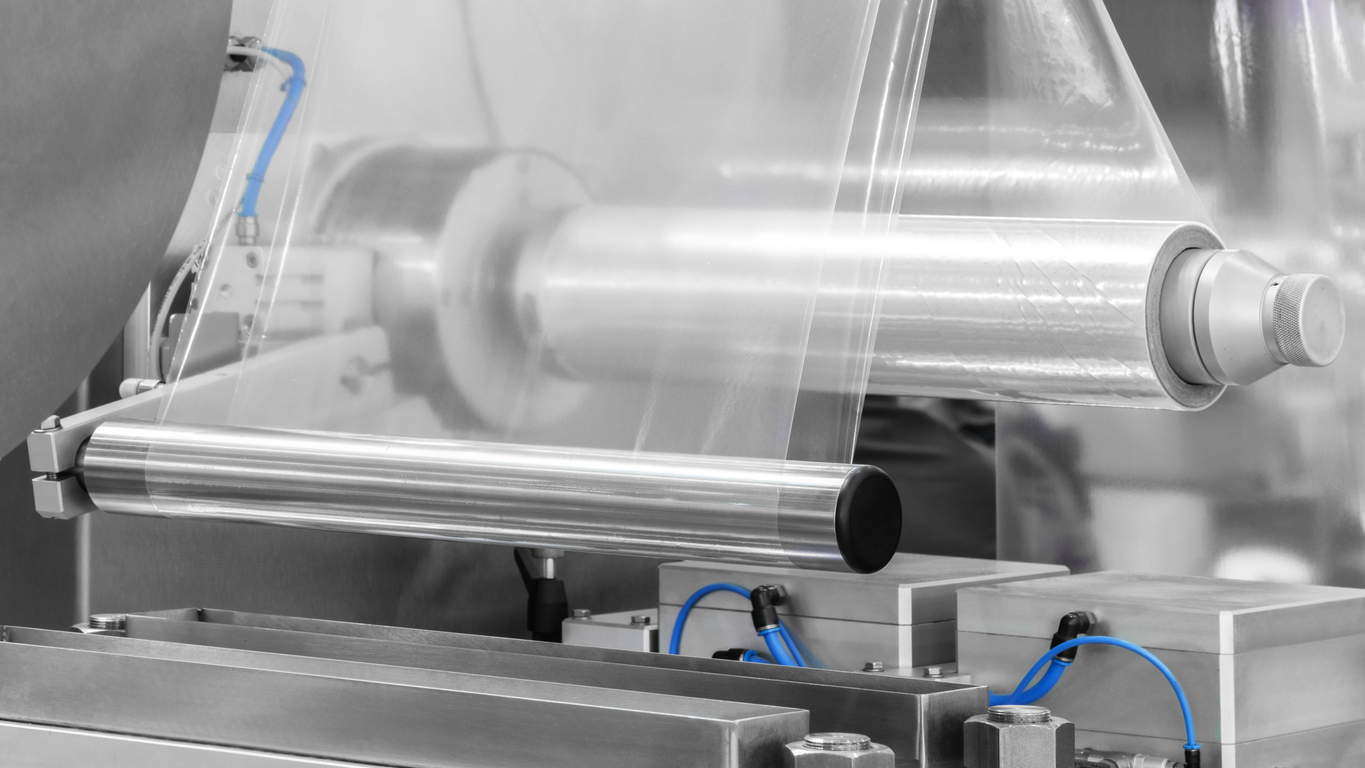Recyclable retortable pouches represent a new generation of flexible packaging…

Innovating Packaging in the Construction Industry
Flexible packaging has gained popularity in the construction industry due to its wide range of features and benefits. Here are the most relevant:
Multilayer Structure
Flexible packaging can be made from multiple layers of different materials, each designed to serve a specific function—such as providing a barrier against oxygen and moisture, or mechanical protection. This optimizes performance under the demanding conditions of construction environments.
Barrier Properties
Incorporates materials with high barrier protection against gas and water vapor, such as aluminum or high-barrier polymers like EVOH and PVDC. These ensure that moisture-sensitive products like cement and chemical additives maintain their physical and chemical properties until use.
Sealing Technology
Flexible packaging uses advanced sealing techniques—such as thermal sealing, ultrasonic, or laser sealing—to ensure a superior hermetic seal. This is critical for products that degrade when exposed to air or moisture.
Antistatic and Antimicrobial Functionality
Some applications may require packaging with antistatic properties, especially in construction environments where materials sensitive to electrostatic discharge are handled. Antimicrobial properties can also be incorporated to protect against bacterial or mold growth.
Functional Customization
Beyond graphic customization, flexible packaging can include specific features such as degassing valves, integrated temperature or humidity indicators, adding functionality and safety when used on construction sites.
Technical Advantages in the Construction Industry
Supply Chain Optimization
The lightweight and compact nature of flexible packaging reduces transportation and storage costs. Its ability to be produced in rollstock or preformed pack formats enables more efficient logistics—crucial for large-scale construction projects.
Sustainability Improvements
Recent developments in biodegradable and compostable materials, combined with thinner but equally strong packaging, allow construction companies to reduce their environmental impact. Flexible packaging also facilitates recycling and reusability.
Compatibility with Automated Dosing Systems
Flexible packaging is ideal for automated dosing systems, where a constant and controlled material flow is required. This is especially useful in concrete production plants and other material-processing operations, where precision is key to final product quality.
Resistance to Extreme Conditions
Advances in polymer formulations have enabled flexible packaging to withstand extreme temperatures, extended UV exposure, and high-humidity environments—crucial for construction projects in challenging settings.
Circular Economy Innovations
The industry is increasingly adopting flexible packaging designed to support circular economy models. These packages not only protect the product but are also designed to be easily recycled or reintegrated into the value chain as raw material for new products.
Use Cases and Specialized Applications
Packaging for Chemicals and Additives
Construction additives—such as plasticizers, retarders, and accelerators—often require packaging with high chemical resistance and advanced barrier properties to prevent degradation.
Packaging for Prefabricated Components
Flexible packaging is also used to protect prefabricated components, such as drywall panels or insulation, during transportation and storage—ensuring they arrive intact at the construction site.
Solutions for Long-Term Storage
For materials requiring extended shelf life, flexible packaging with enhanced barrier properties and tear resistance provides an efficient solution, ensuring product stability over long periods without compromising quality.
These features and benefits position flexible packaging as a highly technical solution tailored to the current demands of the construction industry, offering not only protection and efficiency but also innovation across the supply chain and sustainability initiatives.



